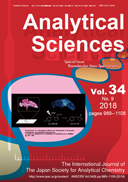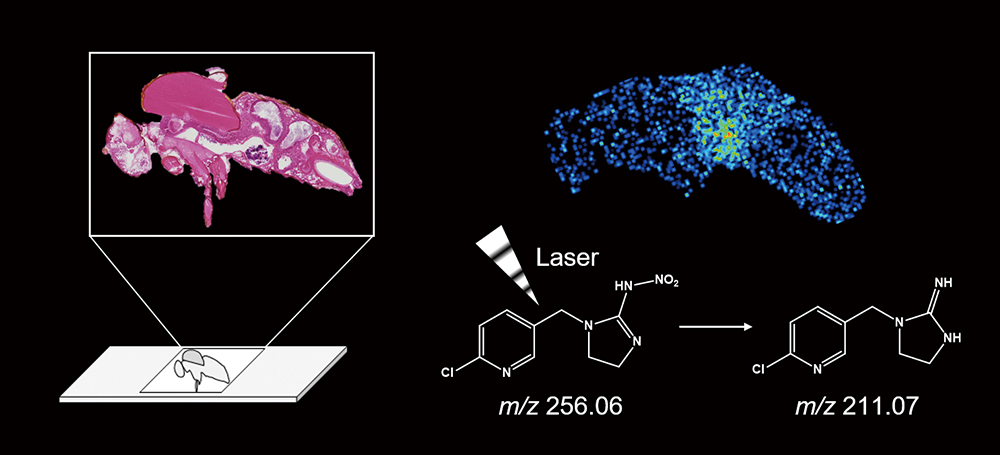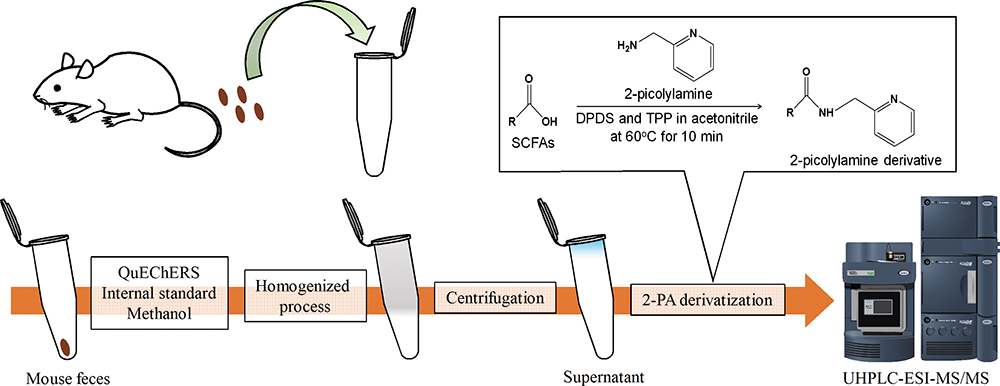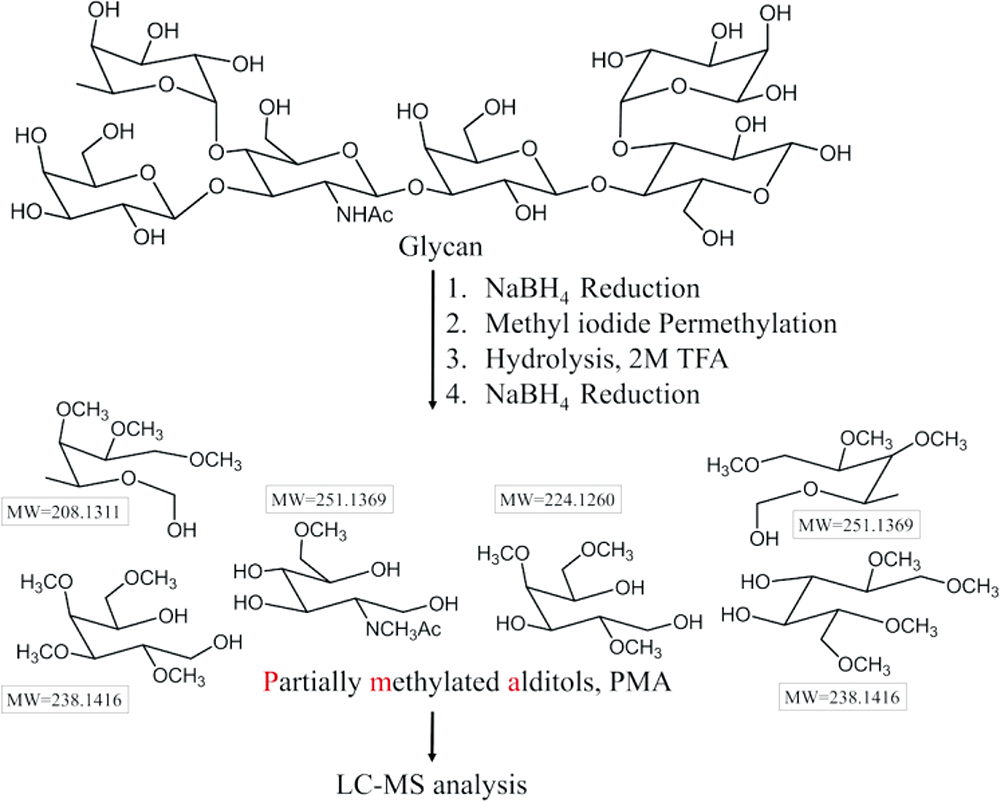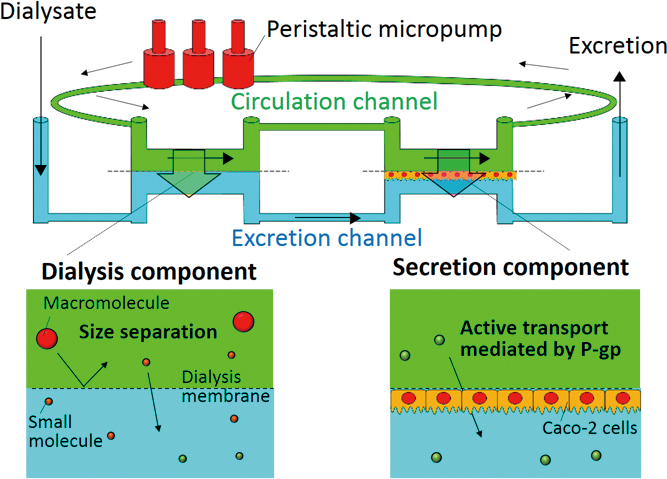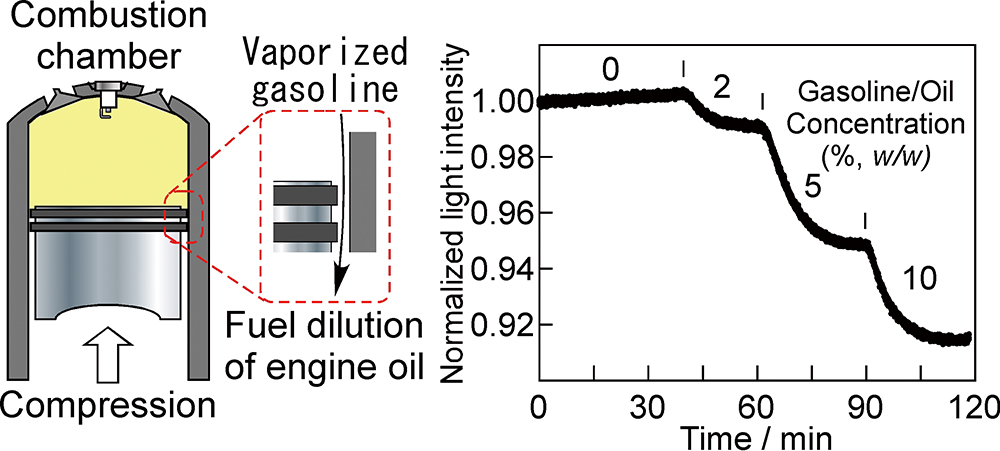Volume 34, Issue 9
Displaying 1-21 of 21 articles from this issue
- |<
- <
- 1
- >
- >|
Guest Editorial
-
Article type: Guest Editorial
2018Volume 34Issue 9 Pages 989
Published: September 10, 2018
Released on J-STAGE: September 10, 2018
Download PDF (21K)
Original Papers
-
Article type: Original Papers
2018Volume 34Issue 9 Pages 991-996
Published: September 10, 2018
Released on J-STAGE: September 10, 2018
Advance online publication: June 29, 2018Download PDF (372K) -
Article type: Original Papers
2018Volume 34Issue 9 Pages 997-1001
Published: September 10, 2018
Released on J-STAGE: September 10, 2018
Advance online publication: June 29, 2018Download PDF (1364K) -
Article type: Original Papers
2018Volume 34Issue 9 Pages 1003-1009
Published: September 10, 2018
Released on J-STAGE: September 10, 2018
Advance online publication: June 08, 2018Download PDF (271K) -
Article type: Original Papers
2018Volume 34Issue 9 Pages 1011-1015
Published: September 10, 2018
Released on J-STAGE: September 10, 2018
Advance online publication: July 20, 2018Download PDF (6264K) -
Article type: Original Papers
2018Volume 34Issue 9 Pages 1017-1021
Published: September 10, 2018
Released on J-STAGE: September 10, 2018
Advance online publication: August 03, 2018Download PDF (750K) -
Article type: Original Papers
2018Volume 34Issue 9 Pages 1023-1029
Published: September 10, 2018
Released on J-STAGE: September 10, 2018
Advance online publication: August 03, 2018Download PDF (627K) -
Article type: Original Papers
2018Volume 34Issue 9 Pages 1031-1036
Published: September 10, 2018
Released on J-STAGE: September 10, 2018
Advance online publication: August 03, 2018Download PDF (393K) -
Article type: Original Papers
2018Volume 34Issue 9 Pages 1037-1041
Published: September 10, 2018
Released on J-STAGE: September 10, 2018
Advance online publication: July 27, 2018Download PDF (133K) -
Article type: Original Papers
2018Volume 34Issue 9 Pages 1043-1047
Published: September 10, 2018
Released on J-STAGE: September 10, 2018
Advance online publication: June 01, 2018Download PDF (1327K) -
Article type: Original Papers
2018Volume 34Issue 9 Pages 1049-1054
Published: September 10, 2018
Released on J-STAGE: September 10, 2018
Advance online publication: August 24, 2018Download PDF (446K)
Notes
-
Article type: Notes
2018Volume 34Issue 9 Pages 1055-1059
Published: September 10, 2018
Released on J-STAGE: September 10, 2018
Advance online publication: July 27, 2018Download PDF (988K)
Highlights
-
Article type: Highlights
2018Volume 34Issue 9 Pages 1061-1062
Published: September 10, 2018
Released on J-STAGE: September 10, 2018
Download PDF (558K)
Rapid Communications
-
Article type: Rapid Communications
2018Volume 34Issue 9 Pages 1063-1065
Published: September 10, 2018
Released on J-STAGE: September 10, 2018
Advance online publication: August 17, 2018Download PDF (2009K)
Original Papers
-
Article type: Original Papers
2018Volume 34Issue 9 Pages 1067-1071
Published: September 10, 2018
Released on J-STAGE: September 10, 2018
Download PDF (2307K) -
Article type: Original Papers
2018Volume 34Issue 9 Pages 1073-1078
Published: September 10, 2018
Released on J-STAGE: September 10, 2018
Advance online publication: May 25, 2018Download PDF (7790K) -
Article type: Original Papers
2018Volume 34Issue 9 Pages 1079-1083
Published: September 10, 2018
Released on J-STAGE: September 10, 2018
Download PDF (1162K) -
Article type: Original Papers
2018Volume 34Issue 9 Pages 1085-1091
Published: September 10, 2018
Released on J-STAGE: September 10, 2018
Advance online publication: May 25, 2018Download PDF (641K) -
Article type: Original Papers
2018Volume 34Issue 9 Pages 1093-1098
Published: September 10, 2018
Released on J-STAGE: September 10, 2018
Download PDF (302K)
Notes
-
Article type: Notes
2018Volume 34Issue 9 Pages 1099-1102
Published: September 10, 2018
Released on J-STAGE: September 10, 2018
Download PDF (202K)
Announcements
-
Article type: Announcements
2018Volume 34Issue 9 Pages 1103
Published: September 10, 2018
Released on J-STAGE: September 10, 2018
Download PDF (1060K)
- |<
- <
- 1
- >
- >|
